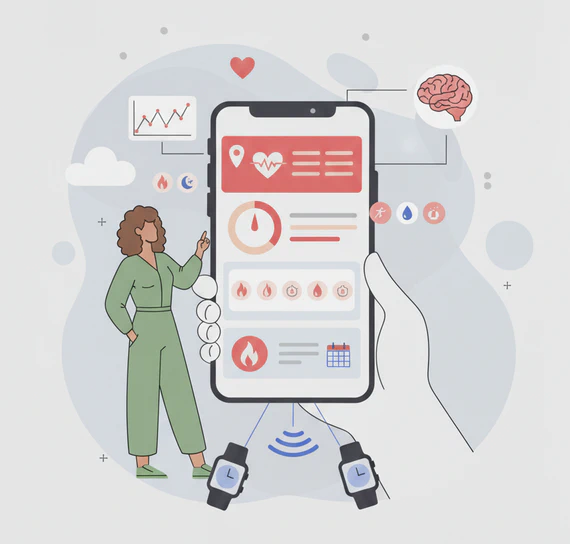
Detecting Perimenopause with Smart Watch Data
Technical and data strategy for an AI platform using smart watch data to detect perimenopause symptoms and provide …
Read More
Leading Retail Space Planning Platform
Retail Technology
AI-Powered Layout Optimisation Engine
Reliance on generic best practice
Data-driven recommendations specific to each store
Unable to quantify change impact
Risk-stratified recommendations with confidence levels
Respecting practical constraints
Optimisation within fixed aisle lengths and real-world limitations
Measurable profit improvements identified
Rapid analysis capability for entire store estates
Identifies specific, implementable adjustments
Our client provides a retail space planning platform that enables retailers to design store layouts and analyse category performance. Their customers - major grocery chains - could see exactly how their current layouts were performing, but increasingly wanted to know what changes would improve profitability.
The fundamental question retailers face is deceptively simple: which product categories should go where, and how much space should each get? Everyone knows certain products sell better together, but quantifying these relationships and determining optimal space allocation remains complex.
The platform needed to develop a solution that could analyse existing store variations to identify improvement opportunities, without requiring years of historical change data.
We partnered with the client to develop a proof-of-concept optimisation tool through intensive collaboration with their retail planning experts.
The solution developed machine learning models to address two core challenges:
The system quantifies the sales impact when specific categories are placed next to each other. It can determine what portion of a category’s sales comes from complementary placement versus its baseline performance.
The system analyses the critical question of space trade-offs between categories. By comparing stores with different space allocations, the model identifies where reallocating space between categories would improve overall profitability.
A critical data challenge emerged: while the system knew which categories were adjacent, there was no data showing which categories belonged to the same physical aisle. We developed an algorithm that infers the physical aisle structure by analysing adjacency patterns. This was essential - optimisation must happen at the aisle level where retailers actually make changes.
The optimisation engine finds optimal arrangements while respecting real-world constraints: maintaining total aisle lengths, keeping complementary categories together, and ensuring minimum space requirements. Rather than suggesting impractical wholesale changes, it identifies specific, implementable adjustments.
The proof-of-concept successfully demonstrated the value of AI-powered layout optimisation across multiple major retail partners. The system can process hundreds of stores rapidly, generating granular recommendations for every aisle.
Analysis across a grocery chain revealed:
The system’s recommendations were remarkably practical:
This demonstrates the AI’s ability to identify high-impact adjustments that store teams can implement during regular resets rather than requiring special projects.
Through an intuitive web interface, store planners can:
The adjacency relationship model was rigorously validated against actual store performance data, demonstrating strong predictive accuracy. The system shows consistent precision in its recommendations, giving retailers confidence that identified category relationships will translate to real improvements.
The model intelligently identifies which stores would benefit from changes and which are already well-optimised, avoiding unnecessary disruption.
The client is now validating the proof-of-concept with retail partners, tracking real-world implementation results to refine the models further.
For retailers operating on thin margins, even small percentage improvements represent significant value. This tool demonstrates that AI can unlock that value by turning the complex interplay of space and adjacency into clear, actionable recommendations.

Technical and data strategy for an AI platform using smart watch data to detect perimenopause symptoms and provide …
Read MoreLet’s explore whether AI could help your business and how we could help you.
Talk to us